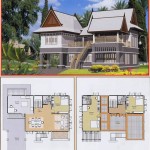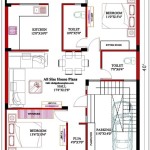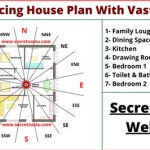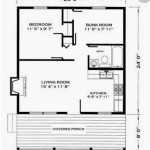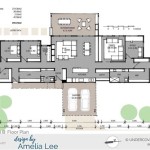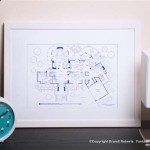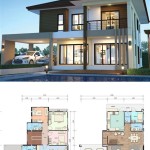Case Study House Plans: Essential Aspects
Case Study House Plans, also known as Case Study Program Houses, were a series of experimental houses designed and built in the United States between 1945 and 1966. The program was initiated by Arts & Architecture magazine and aimed to explore innovative design concepts and demonstrate the potential of prefabrication and mass production in home construction.
Case Study House Plans are often characterized by their open floor plans, simple geometric forms, and use of inexpensive materials. They also typically feature large windows and sliding glass doors to connect the interior spaces with the outdoors. Some of the most notable Case Study House Plans include the Stahl House by Pierre Koenig, the Eames House by Charles and Ray Eames, and the House in the Sky by Gregory Ain.
Key Aspects of Case Study House Plans:
- Open Floor Plans: Case Study House Plans often feature open floor plans that allow for a flexible arrangement of furniture and create a sense of spaciousness. The open layout also promotes natural light and ventilation.
- Simple Geometric Forms: The designs of Case Study House Plans are typically characterized by simple geometric forms, such as cubes and rectangles. This simplicity reflects the modernist principles of form follows function and cost-effectiveness.
- Inexpensive Materials: One of the main goals of the Case Study Program was to explore the use of inexpensive materials in home construction. Case Study House Plans therefore often use materials such as plywood, steel, and glass, which were relatively affordable at the time.
- Indoor-Outdoor Connection: Case Study House Plans often feature large windows and sliding glass doors that connect the interior spaces with the outdoors. This connection blurs the boundaries between inside and outside and creates a sense of openness and expansiveness.
- Prefabrication and Mass Production: The Case Study Program aimed to demonstrate the potential of prefabrication and mass production in home construction. Some Case Study House Plans were designed to be prefabricated in factories and assembled on-site, which would have reduced construction costs and timelines.
- Experimental Design: Case Study House Plans were experimental in nature and pushed the boundaries of residential design. They explored new ideas in architecture, such as open plan living, the use of new materials, and the integration of indoor and outdoor spaces.
- Architectural Legacy: Case Study House Plans have had a significant impact on the development of modern architecture in the United States and beyond. They helped to popularize open floor plans, simple geometric forms, and the use of inexpensive materials. Case Study House Plans continue to be studied and admired as examples of innovative design.
Conclusion:
Case Study House Plans represent an important chapter in the history of modern architecture. They were experimental in nature and explored new ideas in design, construction, and materials. Their influence can still be seen in contemporary residential architecture today.

Case Study House 7 A Flexible Floor Plan With Extensive Outdoor Living Spaces Atomic Ranch

Case Study House Nº2 Data Photos Plans Wikiarquitectura

Case Study Houses חיפוש ב Google Architecture Mid Century Modern House Plans

Floor Plan Of The Case Study Showing Layout Functional Spaces Scientific Diagram

Floor Plan Of The Case Study House Scientific Diagram

Case Study House 16 Craig Ellwood Architect 1952 Arquitectura Planos

Case Study House 6 Neutra S In Outdoor Living Atomic Ranch

Build A Mid Century Modern Case Study House Houseplans Blog Com

Case Study House 15 Houses Vintage Plans

Case Study House 9 The Entea Atomic Ranch

